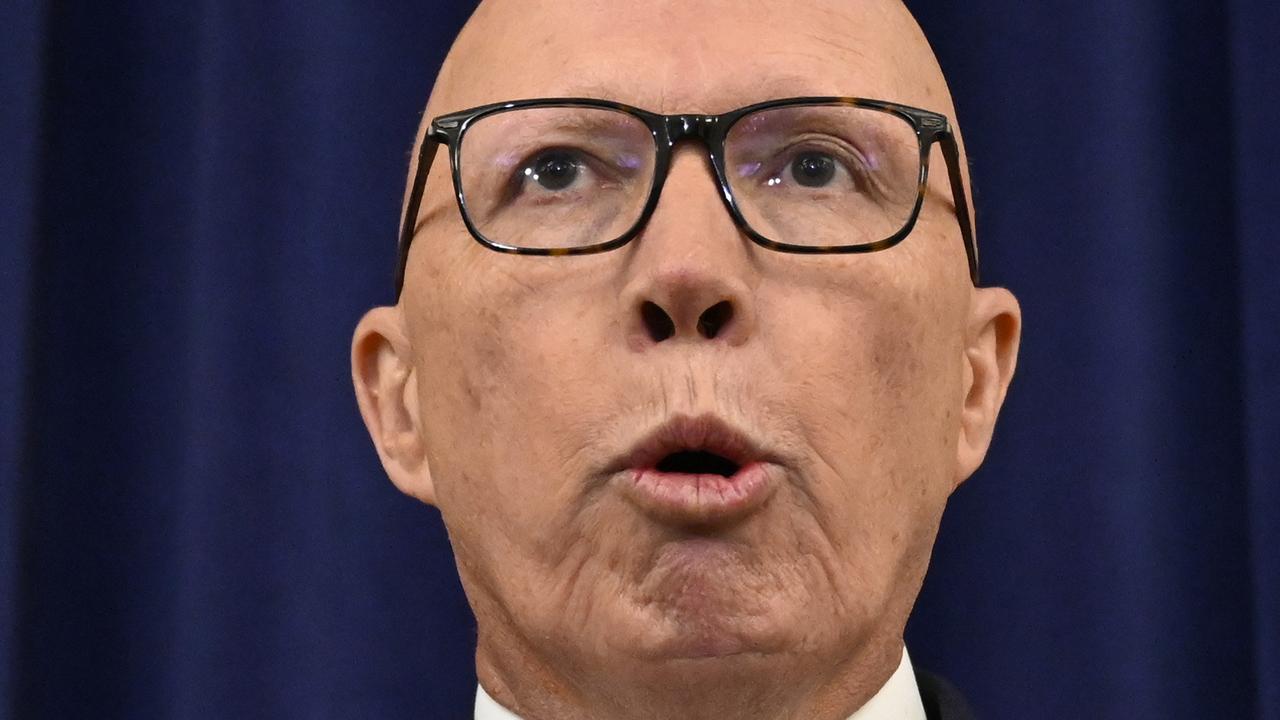Jobseekers should turn to health if they want a job with more vacancies than in mining
THERE are more job vacancies this year than last year but where do jobseekers need to look? Mining is no longer the number one.

Careers
Don't miss out on the headlines from Careers. Followed categories will be added to My News.
JOBS caring for the most fragile in the community are behind an employment boom far outstripping that perceived to have occurred in the resources sector.
Jobseekers are urged to look in the right places for work, as job vacancy data reveals there are almost 12,000 more unfilled positions across the workforce to consider this year than last.
JOB VACANCIES AT TWO-YEAR HIGH
Yet the unemployment rate remains high at 6.2 per cent nationally.
Since 2006, 337,100 new jobs have been created in health and community services, while in the same period, only 40,756 new roles have come up in resources.
The 2015 Environmental Scan for the Health and Community Services industry forecasts 229,400 jobs will be created between 2013 and 2018.
By then, there will be 818 fewer jobs in resources than there are workers.
Online job listings measurement The Internet Vacancy Index finds community and personal service work leads the occupational groups with a 12.6 per cent rise in job vacancies, followed by clerical and administration work (up 10.2 per cent) and professionals (up 9.2 per cent).
Community Services and Health Industry Skills Council chief executive Rod Cooke said the number of vacancies in the sector was not promoted well, especially by State and Federal Governments that chose to financially support training for other industries instead.
“This is where all the growth is. This is where the jobs are,” he said.
“It does not seem to be a priority in Federal and State Government agencies, even though one in four jobs from now forever is in the health and community services sector.”
The Internet Vacancy Index reveals 8.2 per cent more jobs were available this past February, or 157,312 listings, compared with February, 2014 (145,390 listings).
Randstad employment market analyst Steve Shepherd attributed growing unemployment to the high participation rate (64.8 per cent nationally) spurred by confidence among jobseekers and older Australians returning to work.
“Jobseekers feel like there is more opportunity, more jobs around so they come back into the market if they might have dropped out for a few months,” he said.
“Last year in the federal budget the government changed the pension scheme which meant those that were on pensions had to show jobseeker activity and that put more people back into the job market.”
Mr Shepherd said the gap between jobseekers and available positions came down to certain skill shortages.
Many unemployed people were coming from industries in decline, such as the automotive industry.
“How do those people who are losing their jobs in those industries transition into other industries?” he said.
“Those skills have become redundant so they need new skills for the new economy.”
He also noted skill shortages in large employment industries such as construction, health and education.


